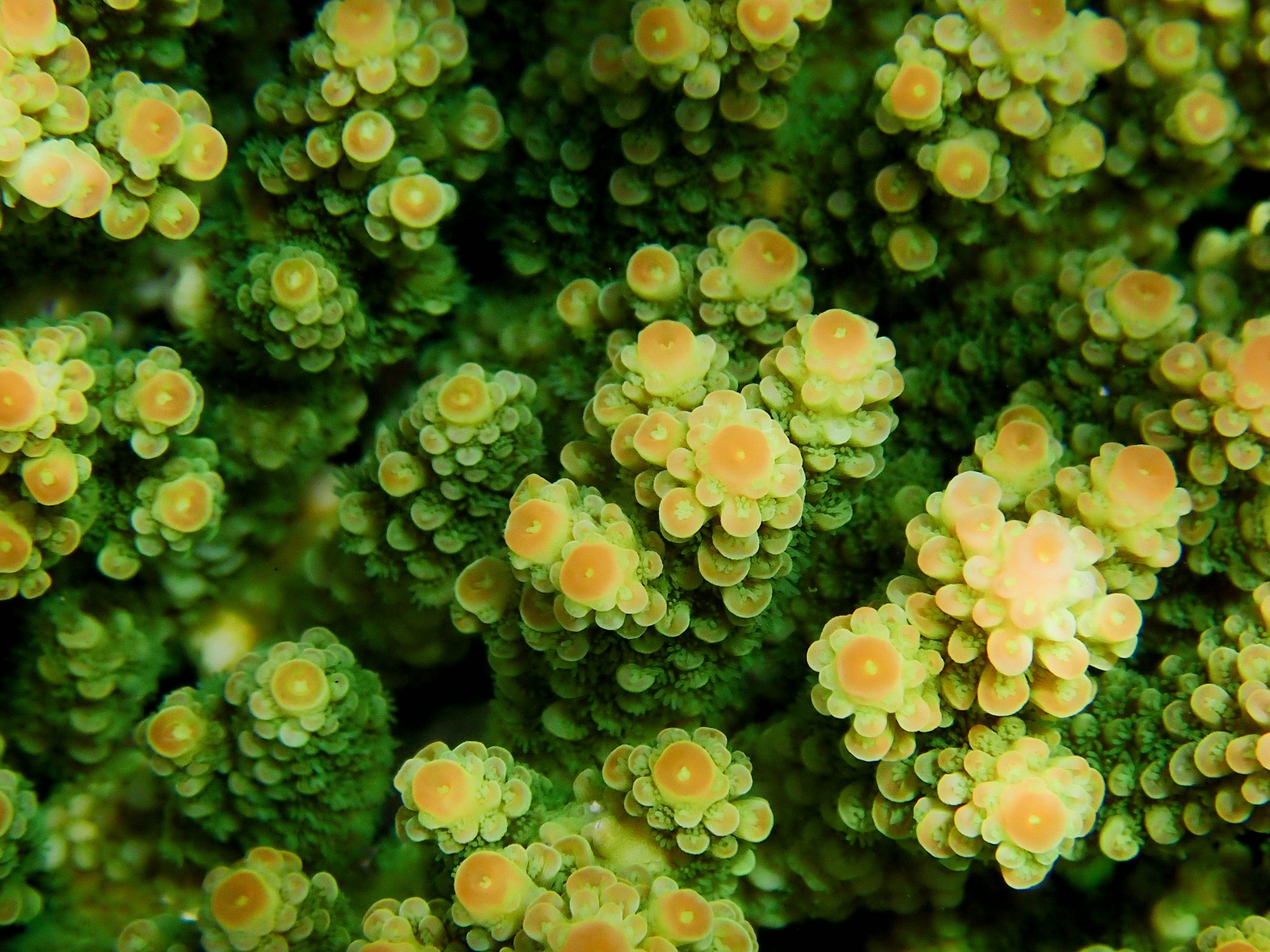A dynamic symbiosis adapting to changes – when nature resists upheaval

Symbiosis is a fascinating biological principle, showing the interdependence of living beings between them. In the face of climate change, these relationships are being altered and once again show nature’s incredible resilience to changes.
A fragile ecological link
Corals inhabiting the clear, warm and shallow waters of tropical regions cannot satisfy their nutrition without the association they form with photosynthetic Symbiodinium algae. Thanks to this association, the phenotype of corals changes and gives them characteristics that the animal alone would not have. However, this symbiotic relationship is threatened by global warming and rising surface water levels in these regions. Algae, by not supporting these changes, depopulate their habitat, drastically reducing corals’ nutritional intakes which might lead to their death but also to the destruction of the ecosystem they contain. However, depending on the severity of the deterioration of coral health, some individuals find their symbiotic companions again Symbiodinium and the result of this reunion is rather encouraging.
A dynamic and resilient symbiosis
There are different types of Symbiodinium algae, which are separated into clades. Corals thus contain a mixture of these different types in varying quantities, which contributes to a variable metabolism depending on the individuals present. In particular, some of these types, such as Symbiodinium D1a (also known as S. trenchii) give corals the advantage of being able to withstand 1 to 2 degrees more than other types of the same species. This phenomenon, which increases corals’ resilience in the face of climate change, is of interest to researchers, including Ross Cunning’s team, who have been studying the causes of symbiota reshuffling after a bleaching episode. They were able to see that after an episode of high heat, the population inhabiting corals varies greatly (see Figure 1) and that S. trenchii was one of the most present clades.
This variation is closely linked to the photochemical efficiency of the symbionts, but also to the specific characteristics of each coral host. This study also demonstrated that the coral’s sensitivity to stress, as well as its duration, influence the symbiotic dynamics. However, the underlying mechanisms involved in the symbiotic variation remain to be defined.
A hypothesis is however formulated by Ross Cunning’s team, explaining that the reunion coral-algae, once the stress relieved, would be directly related to the reshuffle of the symbiotes.

Figure 1: a) Three species of coral are studied (Mcav = Montastraea cavernosa, Ssid = Siderastrea siderea, Ofav = Orbicella faveolata) according to the mixing of symbionts depending on the duration of the imposed temperature increase. b) Photochemical advantage conferred by the presence of D1a in the three species of corals studied.
Although nature has previously unsuspected adaptive resources and is dealing with disturbances due to anthropogenic activities, not all corals are equal in these redesigns. Several research centers are evaluating the possibilities of helping these organisms to fight against these upheavals, in particular based on symbiotic variation.

